The origin and etymology
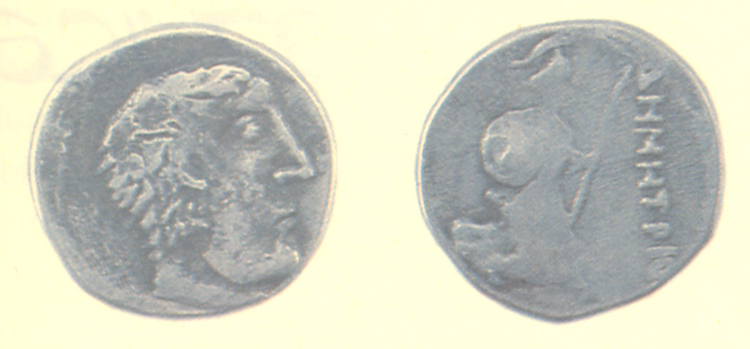
Archaeological materials found in the Absheron peninsula prove that this area is an ancient settlement. The materials found in Pirallahi, around the Zigh lake, Shuvalan, Maradakan, Binagadi, Amirjan and other places relate to the III-I centuries BC. The date on which Baku was founded is not known exactly. The territory of Baku occupies the main part of the Absheron peninsula, part of Absheron and Baku archipelagos and Gobustan; the southwestern part extends along the Caspian coast to southeast Shirvan Plain. Old Baku Tower is located on the southern slope of the Baku plateau in the form of an amphitheatre, in the semi-desert zone with a warm climate typical for the Absheron Peninsula. The central part of the city is located on the amphitheatre, which is gradually descending to the Baku bay.
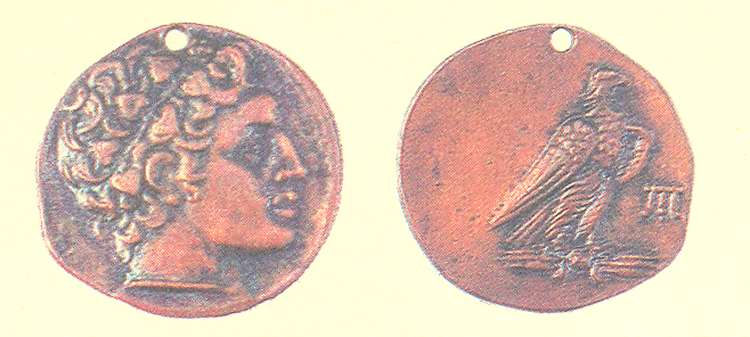
Its northern part is sandy beaches, villages and gardens. Pirallahi and Chilov islands included in the Absheron archipelago are located on the northern coast of the city, and Boyuk Zira, Dash Zira, Kum Zira or Taza Zira islands are located on the southern coast of the city. Bowels of Absheron abound in oil and gas deposits. The surface of the peninsula is rich in limestone and bleaching clay. The northern part of Absheron is covered with cones of mud volcanoes and salt lakes like Boyukshor, Bulbula and Masazir. Among factors contributing to the development of the town - port and fortress there stood out advantageous geographical location of the town lying on caravan and sea routes from countries of Transcaucasia to the north – Russia; to the east – Central Asia and India; to the south – Iran, as well as a convenient bay.
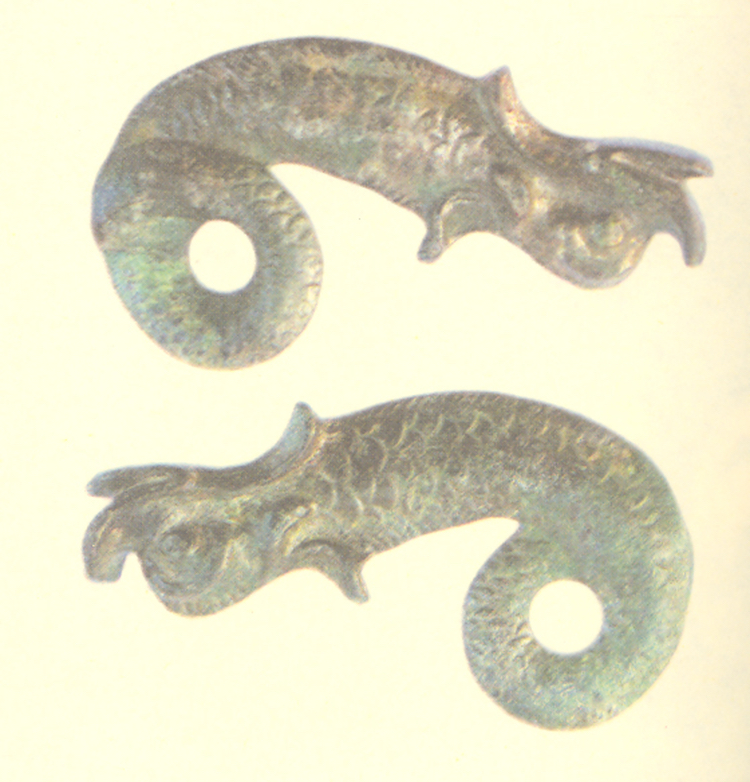
Baku is one of the oldest cities, economic and cultural centres not only of Azerbaijan, but also of the entire Near East. Baku attracted people from ancient times with the oil and salt of surrounding lands and its favourable geographical position with beautiful natural harbour for trade. Archaeological excavations and survey showed that a territory close to Absheron Peninsula, i.e. Gobustan had been inhabited by man from times immemorial, the Stone Age. There were settlements with developed Bronze and Iron Age relations in Absheron. Archaeological materials discovered on the territory of the old Baku fortress – Icherisheher and beyond its borders –matter most for dating of Baku.
Discovery of a bronze fish figurine on the territory of Icherisheher; bowl-shaped hollows on a top of the Baku hill, on a rock in the Shirvanshahs Palace, identical to the Gobustan ones; and finally a multi-layered cemetery with pre-Moslem burials and ceramic vessels – all these are illustrative of the ancient settling of Baku in the Bronze and Iron Ages. Finds of the two pillar pedestals on the territory of the mosque similar to large pillars of town buildings of the ancient period uncovered in Icherisheher make it possible to date the old Baku fortress as town of the antiquity aged above 2000 years.
Baku initially stemmed from an ancient settlement enclosed with a fortress wall and a moat for the purpose of repulsing frequent invasions of northern nomadic tribes infiltrating via the Derbend passage. Baku disposed of sound economic base, such as oil and salt, which encouraged people to settle down in the district. Intended for meeting everyday needs at the earliest stage, the oil later turned into an export item. Oil and salt production, as well as raising of saffron exported to different countries of the Orient, served major stimulus to enhance Baku’s growth as urban centre.
Sources report that in the end of the first Millennium B.C. and the first centuries A.D. the western littoral of the Caspian Sea, including Absheron peninsula, was populated by Massagets (Maskuts) with their own kingdom. Sepulchral rites of Massagets are indicative of their affiliation to Mazdaizm and Zoroastrianism cult. The research into Absheron’s toponymy showed that names of peninsula’s villages stem from names and languages of the tribes and peoples that inhabited Absheron in the oldest times and left their mark on toponymy. Some of them are still extant. As is known, Scythian tribes crossed the territory of Azerbaijan and some of them settled here down, as evidenced by archaeological materials.
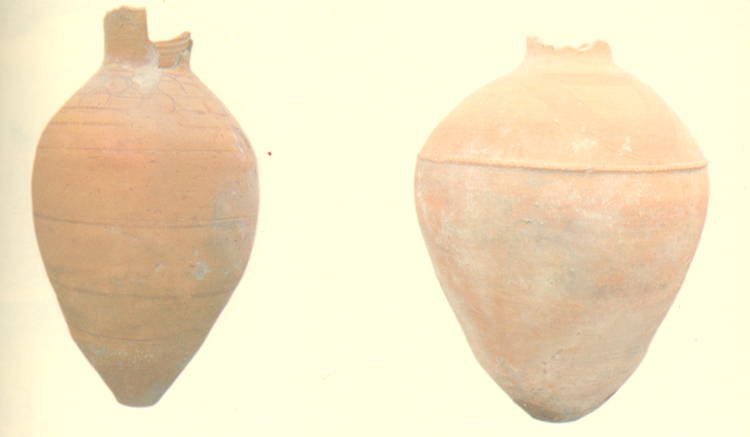
(the beginning of our era)
There are a number of names of Absheron villages which go back to the Arab vocabulary. Along with the above mentioned toponyms typical for the Iranian and Arabic languages, there are names of Absheron villages etymologizing from Turkic-type languages. Study into archaeological, narrative and lapidary sources, together with toponymy, testifies to the settling of Absheron by Turks in the I Millennium B.C. and early Middle Ages. According to the report given by A.Bakikhanov in the 40s of the 19th century, except for six villages of Absheron speaking pure Turkic language, the population of the remaining villages (over 30) also spoke in Turkish and tat. Turks-Huns visited Absheron in the first centuries A.D. where they possibly settled down. The facts of the settlement of Huns in Albania are referred to by authors of the 5th century. The Turkic elements in toponymy of Absheron are retracted in the names of villages Bilajary, Ahmadly, Keshle-Gishlag, Guzdek and Gobu.
After Arab tribes settled down in Azerbaijan, they assimilated with Absheron locals consisting of Turkic, Iranian and Caucasian speaking tribes, but their language failed to remain and left its imprint in toponymy and vocabulary only. That is to say that by the date of the Arab conquest the Turkic and Iranian components had established themselves.
Arab geographer Al-Istahri wrote in 930 that fire worshippers lived not very far from Baku. Beyond any doubts, there were sanctuaries and altars of fire-worshippers, remains of which were extant in the environs of Baku untill the end of the 19th century. After the population of Absheron villages accepted Islam, this place became a place of worship of the Indians.
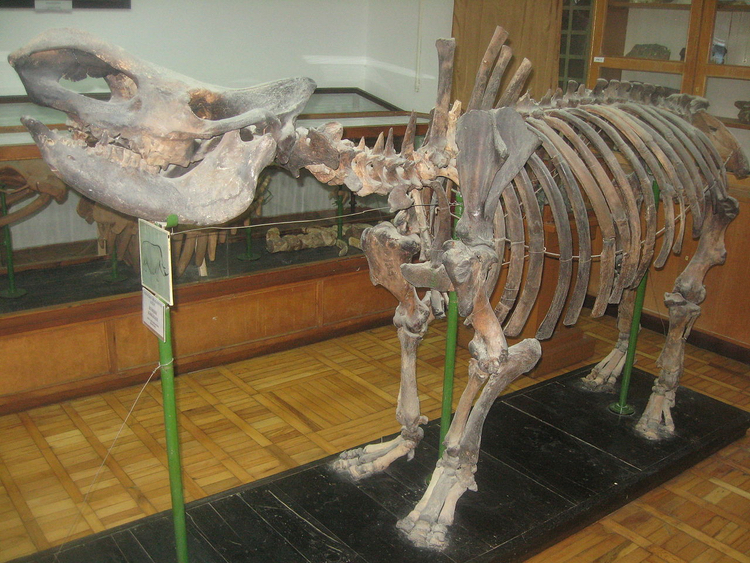
Natural-Historical Museum
The earliest name of Baku is mentioned in the sources of the 5th-8th centuries in the form of Bagavan, Atli (Atshi) Bagavan and Atshi (Ateshi) – Bagavan. According to some authors, under this was meant Baku. Toponym “Bagavan” consists of the root “Baga” which means “god”, “sun” in many Indo-European languages. In the beginning of the 19th century, orientalist M.G. Saint-Martin pointed out that Bagavan, mentioned in the sources of the 5th -7th centuries, was the oldest name of Baku. A word “Badkube”, bad-wind, kube- from a verb “kubidan” in Persian which means “a wind blown place”. This name sprang up due to strong north wind Baku was exposed to. However, it is a popular etymology, which distorts an ancient spelling. There is an abridged spelling in the form of Badkuye or Badku mentioned in the 16th century. Contemporary name of the town Bacu or Bachu (Baku) is mentioned in the works of the West-European travellers since 13th century.
Of no less valuable documents with extant names of Baku are inscriptions on walls of mosques on the territory of the old fortress. An inscription carved on a wall at the foundation of the minaret of Juma-mosque near the Maiden Tower reads a text of Elkhani Sultan Mohammad Aljayru (ruler 1304-1316). It presents a word “Baku” as Bakuya. As testified by numismatic data, coins minted in Baku in the 14th-15th centuries by Elkhanids, Jelairides and Shirvanshahs, present a word “Baku” as “Bakuya”. The Russian sources give the name of Baku as “Baka”. Finally, Azerbaijanis, including the people of Absheron called their city Baku (i). Contemporary spelling of Baku – Baki is consistent with its oldest form being modified under the influence of the popular etymology from toponym Bagavan, Atshi-Bagavan, Atshi-Baguan, Baku, Bakuh, Bakuya, Badkude, Badku, Baku and Baki. The word "baki" in Arabic means "infinite", "eternal", "remaining", "immortal", always existent, and in Turkish is "inviolable" or "holy". The word "baga" or "bag" means God in Avesta and ancient Iranian languages. The word "baga" was adopted by the Russian language as "Bog". Today’s toponym Baku-Baki unveils its ancient meaning as “a town of god”, “a place of god” arising from gas and oil gushers.
References:
Sara Ashurbeyli. The history of Baku. Baku: Euroasia press, 2006, p. 34-46. (in the azerbaijani language)
Azerbaijan National Encyclopedia. The third volume. Baku: The Azerbaijan National Encyclopedia Scientific Center, 2011, “Baku” article. (in the azerbaijani language)
Kamil Farhadoghlu. İcharishahar. Baku: Chinar-chap, 2006, p. 41-42. (in the azerbaijani language)
